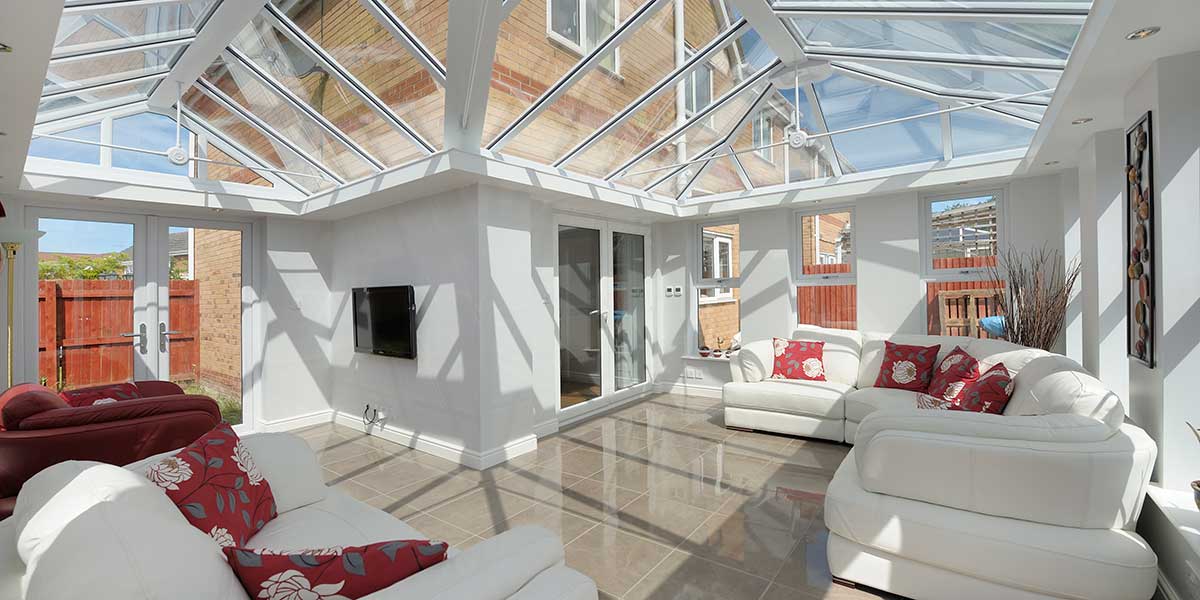We invite you to join us at our showroom in Frome, to browse our many products in person and speak with our team of advisors and designers about your next home improvement project.
Why Do I Need To Obtain Planning Permission?
Once a customer has their heart and mind set on buying a conservatory, orangery or other form of glazed extension, and they have committed to an order, all they want then is to see the structure constructed at their home.

We want that too, but, before we can commence building any of our extensions, we have to be certain that they don’t need planning permission first.
You can see the colour drain from some of our customer’s faces when we tell them this, but you really don’t want to upset your local planning department, which is what you will do if you have an extension built that contravenes the guidelines.
Planning laws are there for a reason and wilfully ignoring them could come back to haunt you. A planning breach will result in you needing to submit an application for retrospective planning permission. This application could be refused and an enforcement notice may be issued, forcing you to reverse the work done.
If the extension you propose having built is covered by Permitted Development Rights, we have good news for you – you can proceed with the installation without planning permission.
Here is the full set of conditions that must be met for an extension to be classed as a ‘Permitted Development’:
- No more than half the area of land around the “original house”* would be covered by additions or other buildings.
- No extension forward of the principal elevation or side elevation fronting a highway.
- No extension to be higher than the highest part of the roof.
- Single-storey rear extension must not extend beyond the rear wall of the original house* by more than three metres if an attached house or by four metres if a detached house.
In addition, outside Article 1(5) designated land* and Sites of Special Scientific Interest the limit is increased to 6m if an attached house and 8m if a detached house until 30 May 2019.
These increased limits (between 3m and 6m and between 4m and 8m respectively) are subject to the neighbour consultation scheme. - Maximum height of a single-storey rear extension of four metres.
- Extensions of more than one storey must not extend beyond the rear wall of the original house* by more than three metres or be within seven metres of any boundary opposite the rear wall of the house.
- Maximum eaves height of an extension within two metres of the boundary of three metres.
- Maximum eaves and ridge height of extension no higher than existing house.
- Side extensions to be single storey with maximum height of four metres and width no more than half that of the original house.
- Roof pitch of extensions higher than one storey to match existing house.
- No verandas, balconies or raised platforms.
- On designated land* no permitted development for rear extensions of more than one storey; no cladding of the exterior; no side extensions.
* The term “original house” means the house as it was first built or as it stood on 1 July 1948 (if it was built before that date). Although you may not have built an extension to the house, a previous owner may have done so.
* Designated land includes national parks and the Broads, Areas of Outstanding Natural Beauty, conservation areas and World Heritage Sites.
If any of these conditions aren’t met, a planning application needs to be submitted, something that Permaframe can help you deal with. 8-13 weeks is the projected waiting time to find out whether an application has been successful or not.
Because planning permission is an issue that comes up so often, we have written a guide about the subject. Click here to get a FREE copy of it.